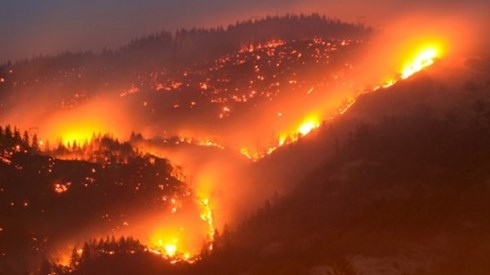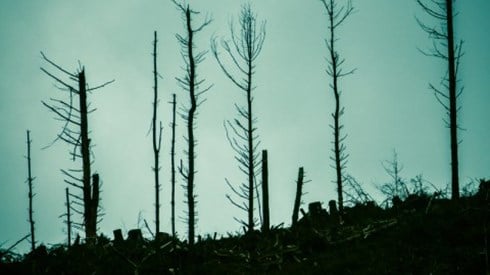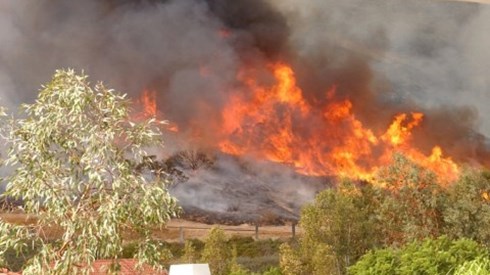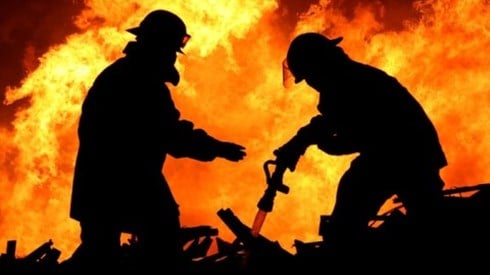Karen Clark & Company Releases High-Resolution US Wildfire Model

September 29, 2021

Risk modeling firm Karen Clark & Company (KCC) has released a high-resolution US wildfire model that can be used to develop underwriting and pricing strategies that account for the impacts of climate change.
"Climate change is having an unequivocal and significant impact on the frequency and severity of wildfires," Dr. Daniel Bishop, KCC atmospheric scientist, said in a statement. "The new KCC model captures these impacts and provides a credible view of future loss potential. KCC scientists have conducted detailed studies of the correlations between atmospheric variables and area burned in California and other states."
"Modeling wildfires is challenging," Dr. Christopher Burke, KCC senior research scientist, said in the statement. "The model must account for constantly changing exposure in the wildland urban interface (WUI), the flammability characteristics of different fuels, the likelihood of different wind patterns that aid fire spread, and the various factors that influence how successful suppression activities are likely to be. The KCC model is the result of years of research and scientific analyses on the ignitions and propagation of wildfires."
Insurers who license the KCC wildfire model will have access to KCC's live events process for monitoring actual fires as they propagate and spread. Insurers can obtain their own high-resolution claims estimates in real time as events unfold for planning and strategy purposes.
The KCC wildfire model also includes 9 climate change scenarios reflecting wildfire loss potential in 3 future years—2025, 2030, and 2050—and 3 of the Intergovernmental Panel on Climate Change (IPCC) Shared Socioeconomic Paths as provided in the latest IPCC report.
"Wildfire used to be thought of as a secondary peril," Karen Clark, KCC CEO, said in the statement. "But the new KCC model shows insurers could face a loss in excess of $30 billion from an extreme fire in California, and they should be prepared for losses exceeding $10 billion with a significant probability based on today's exposures and climate conditions."
September 29, 2021


